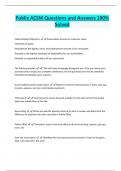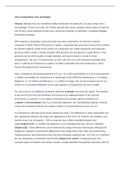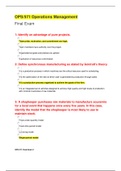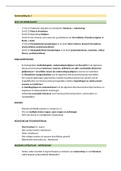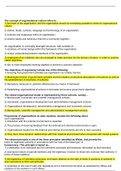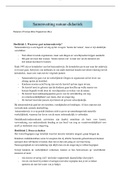Zusammenfassung
Samenvatting - Marketing Mix Management (Y05129)
- Kurs
- Hochschule
Summary of the course 'Marketing Mix Management' based on class notes, slides and readings. It also includes a summary of the base 3 notes: quantitative analysis in marketing, marketing strategy & the psychology of new product adoption.
[ Mehr anzeigen ]




